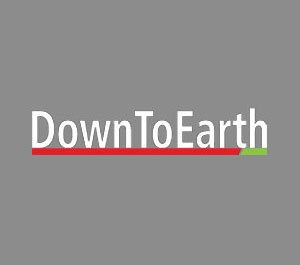Is Indian CEPI model effective?
May 12, 2015
Central pollution control Board (CPCB) had identified 43 critically polluted area in the country using its comprehensive environmental pollution index (CEPI) in December, 2009.
In order to control the pollution, January 2010 onwards, the government had put a ban on any expansion and new projects in these areas. At the same time, relevant state pollution control boards (SPCBs) were asked to prepare a mitigation action plan for these areas. After 8 months, the government had started removing the ban only based on submitted action plan and initiation of the mitigation work as per the plan.
The Centre for Science and Environment (CSE), New Delhi carried a study in 2011 to evaluate the pollution levels in the areas where ban was already lifted. The study findings published in the report "Gentle on critical pollution" says that the ban had started showing positive results. But the exercise proved futile since the government started lifting the ban from many critically polluted areas without ensuring the improvement in pollution control.
In 2013, CPCB reviewed the pollution level in such critically polluted areas and thereafter, reimposed the ban in the areas where pollution level didn't improve. However last year, after Modi government taking charge, the ban was put to abeyance again without any detailed studies.
Recently, "The American Chemical Society" published a cover story "India under new management" in its magazine "C&EN (Chemical and Engineering News)", dated May 4, 2015, Volume 93, Number 18, which highlights the pollution status of Vapi, one of the top polluted among 43 critically polluted areas. It also concludes in the same line that the Vapi area, though have improved since last 15 years, still remains one of the most polluted in India.
Down to Earth

July 27, 2017

.jpg) The American Chemical Society report
The American Chemical Society report
Share this article